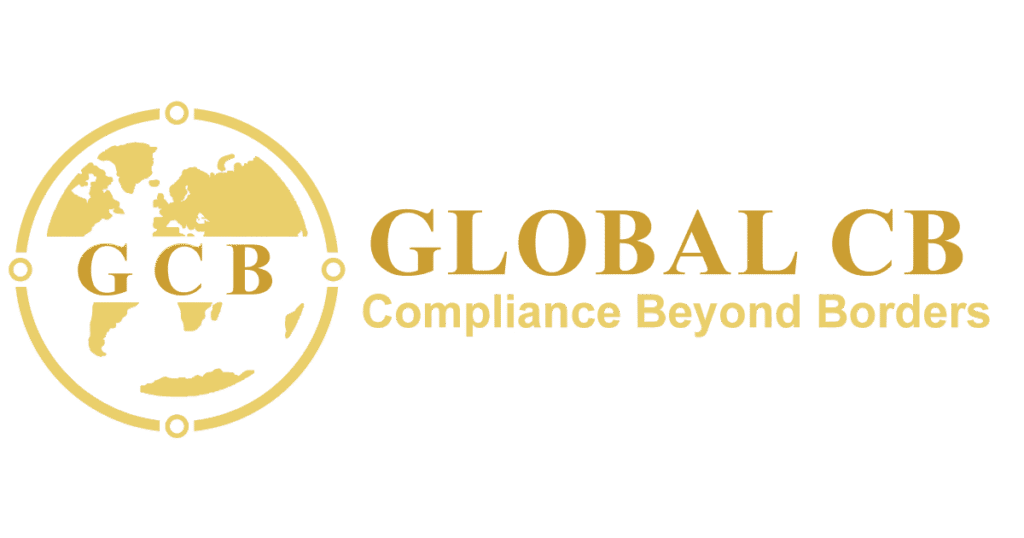Risk Management
ISO 31000 Risk Management
Achieve Excellence with ISO 31000:2018 Guidelines for Risk Management
What is ISO 31000:2018 Certification?
ISO 31000:2018 is the international standard for Risk Management. It provides principles, guidelines, and a framework to help organizations identify, assess, manage, and mitigate risks. ISO 31000:2018 is applicable to businesses of all sizes and industries, enabling them to make informed decisions and enhance organizational resilience by managing uncertainties effectively.
Unlike other standards, ISO 31000:2018 is not intended for certification but serves as a best-practice framework for implementing effective risk management processes.
1. Improved Decision-Making:
Enables better decisions by identifying risks and opportunities.
2. Enhanced Resilience:
Helps organizations prepare for and respond to uncertainties.
3. Regulatory Compliance:
Supports adherence to legal, regulatory, and contractual requirements.
4. Resource Optimization:
Ensures risks are managed efficiently, reducing costs and losses.
5. Competitive Advantage:
Enhances credibility and trust among stakeholders.
How to Achieve ISO 31000:2018 Certification?
Achieving ISO 31000:2018 Certification involves the following steps:
- Risk Management Assessment: Evaluate current risk management processes and gaps.
- Planning and Framework Development: Establish a risk management policy, processes, and objectives.
- Implementation: Integrate risk management practices into organizational operations.
- Training and Awareness: Train employees to identify and manage risks effectively.
- Internal Audit: Conduct internal evaluations to assess the risk management framework.
- Certification Audit: Undergo a third-party evaluation to verify compliance with ISO 31000:2018 guidelines.
Certification Process
1
Application and Contract
2
Optional Pre-Assessment
3
Stage 1 Audit
4
Stage 2 Audit
Key Benefits of ISO 31000:2018 Certification
Identify, assess, and manage risks before they escalate.
Make informed choices based on risk analysis and opportunities.
Build resilience to adapt to disruptions and uncertainties.
Reduce financial losses through effective risk management strategies.
Demonstrate compliance with risk-related laws and regulations.
Enhance confidence among customers, partners, and investors.
Align risk management with business objectives to support long-term growth.
Maintaining Your ISO 31000:2018 Certification
ISO 31000:2018 Certification requires continuous effort and improvement to ensure effectiveness. To maintain compliance:
- Monitor and Review: Regularly review and update the risk management framework.
- Internal Audits: Conduct periodic assessments to identify areas for improvement.
- Management Reviews: Evaluate performance and adjust risk management strategies accordingly.
- Ongoing Training: Keep employees informed and trained on risk management processes.
- Surveillance Audits: Participate in regular audits to ensure continued alignment with ISO 31000:2018 principles.
How Global CB Can Simplify Your Certification Journey
At Global CB, we simplify your path to ISO 31000:2018 Certification with expert guidance and customized support. Here’s how we can help:



